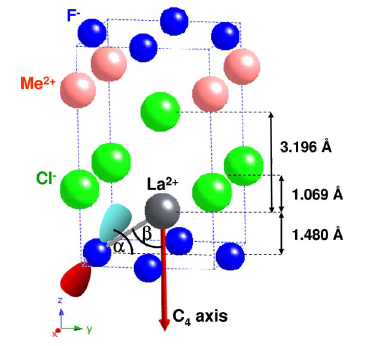-
Orbital-free effective embedding potential at nuclear cusps
J.M. Garcia-Lastra, J.W. Kaminski and T.A. Wesolowski
Journal of Chemical Physics, 129 (07) (2008), p74107


DOI:10.1063/1.2969814 | unige:15002 | Abstract | Article HTML | Article PDF | Article PS (gzipped)
A strategy to construct approximants to the kinetic-energy-functional dependent component (v[ÏA,ÏB](âr)) of the effective potential in one-electron equations for orbitals embedded in a frozen-density environment [Eqs. (20) and (21) in Wesolowski and Warshel, J. Phys. Chem. 97, (1993) 8050 ] is proposed. In order to improve the local behavior of the orbital-free effective embedding potential near nuclei in the environment, the exact behavior of vt[ÏA,ÏB](âr) at ÏAâ0 and â«ÏBdâr = 2 is taken into account. As a result, the properties depending on the quality of this potential are invariably improved compared to the ones obtained using conventional approximants which violated the considered exact condition. The approximants obtained following the proposed strategy and especially the simplest one constructed in this work are nondecomposable, i.e., cannot be used to obtain the analytic expression for the functional of the total kinetic energy.


